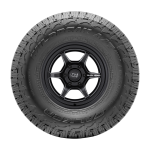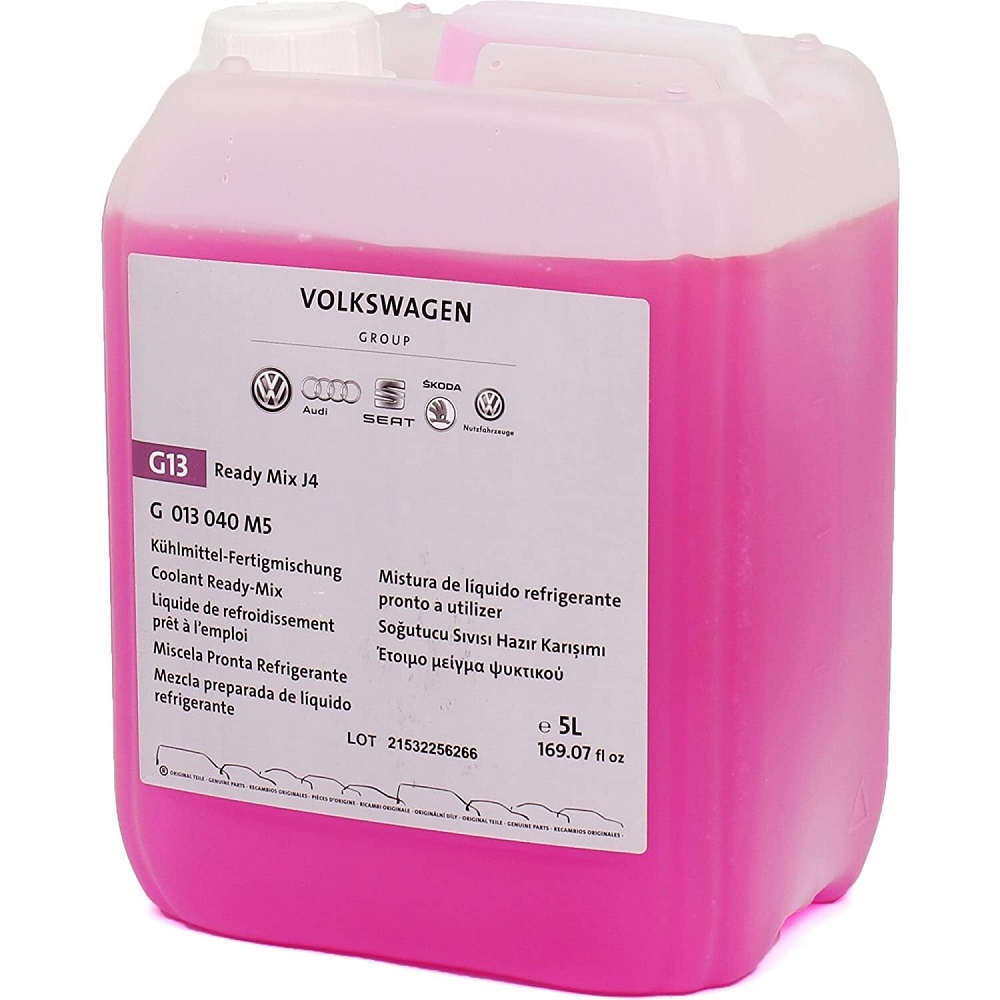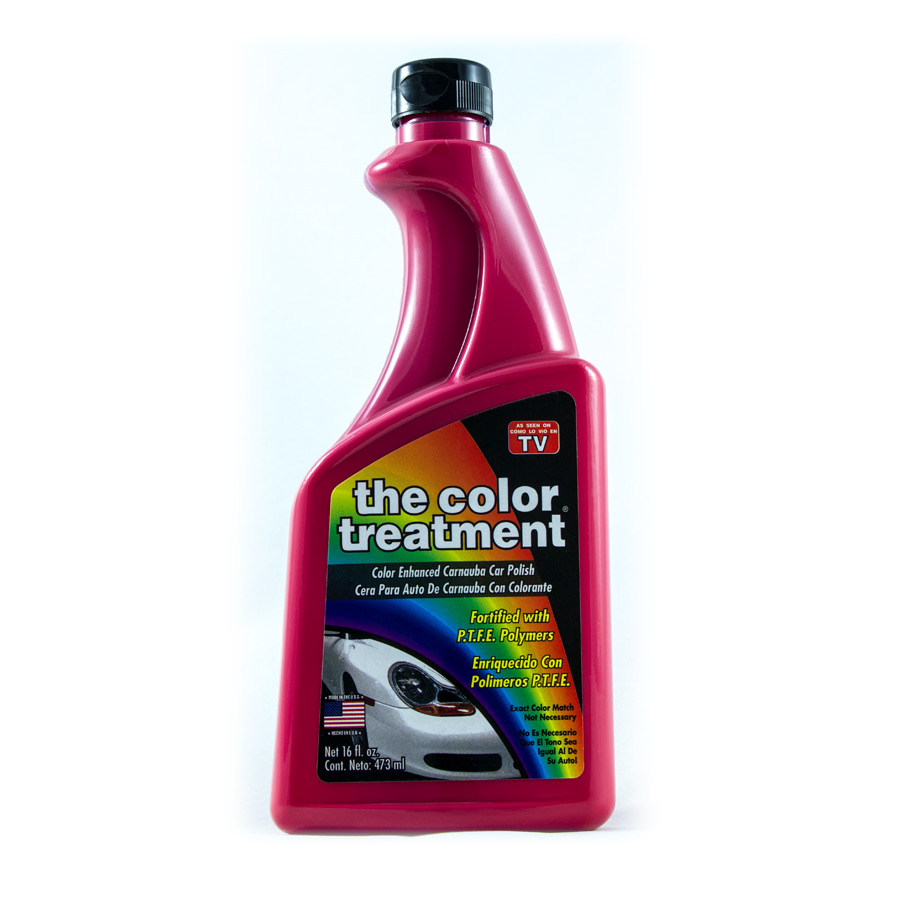Why Car Seats Have Expiry Dates
Car seats are critical for child safety. But why do they expire? The reason is both simple and important. Over time, materials deteriorate. The plastic can weaken, and the metal parts may corrode. These changes can compromise safety. Car seats have expiry dates to ensure they protect as intended.
How to tell when a car seat expires? Firstly, safety standards evolve. An older car seat may not meet current regulations. This is crucial for your child’s protection in a crash. Secondly, wear and tear from regular use affects integrity. It’s natural for any product used daily. Thirdly, exposure to extreme temperatures can damage car seat components. This can happen in cars during summer or winter.
Furthermore, the history of accidents plays a role. Car seats involved in crashes may not function well, even if they look okay. Manufacturers set expiry dates to reduce risks after an accident. Lastly, missing parts or outdated designs also factor in. Safety features improve over time. Older models may lack recent advancements.
In summary, expiry dates are not a marketing trick. They are there for a valid reason. They assure that the seat will perform well when needed most. Checking the expiry date is a must. It’s part of being a responsible parent and keeping your child safe.
Locating the Expiry Date Information on Your Car Seat
Knowing when a car seat expires is crucial, but where do you find this information? It’s typically located in a spot that’s easy to read, so you don’t overlook it. Here are a few common places to check:
- Underneath the car seat: Often, the expiry date is on a sticker or imprinted into the plastic base. Flip your car seat over and check for any label or molded text.
- On the back of the car seat: Sometimes, you might find the date on a label towards the top or bottom of the car seat’s back side.
- In the owner’s manual: If you still have the manual that came with the car seat, look for a section on maintenance or specifications. The expiry date is often listed here.
- On the side of the car seat: Check the sides of the car seat, as manufacturers might place a sticker or emboss the date there.
- Beside the serial number: Most car seats have a serial number, which can also be close to where the expiry information is detailed.
Remember to jot down the expiry date once you find it. Keeping a note on your phone or a household calendar helps you keep track. If the label is missing or unreadable, contact the manufacturer. Provide them with the car seat model and serial number for assistance. Make checking the expiry date a regular part of your car seat safety checks. It’s a small step that can have a big impact on your child’s safety.
Factors That Influence Car Seat Expiry

Many factors can affect when a car seat expires. To ensure your child’s safety, it’s important to understand what influences a car seat’s life span. Here are several key elements:
- Material Degradation: With time, the car seat materials can weaken. Plastics may become brittle, and metals might corrode.
- Changing Safety Standards: Safety regulations keep updating. An older car seat might not comply with newer, stricter standards.
- Regular Wear and Tear: Daily use can cause strain and wear, decreasing a car seat’s protective capabilities over time.
- Extreme Temperatures: Exposure to very high or low temperatures can damage car seat materials, this is common in cars during seasonal changes.
- Accident History: A car seat that has been in a crash may have unseen damage. It’s recommended to replace it immediately, regardless of the expiry date.
- Design Obsolescence: Newer car seats have advanced safety features. An old design may not offer the most current protection technologies.
Check the expiry date periodically and be mindful of these factors when considering a car seat’s safety. It helps ensure that your car seat will perform to its designed standards when you most need it.
The Risks of Using an Expired Car Seat
Using an expired car seat puts your child at serious risk. The safety assurance that comes with a new or properly functioning car seat is no longer guaranteed once the car seat is past its expiry date. Here are key risks associated with using an expired car seat:
- Reduced Protection in Crashes: An expired car seat may fail to protect your child during a crash. The materials may not absorb shock like they should.
- Potential Material Failure: Brittle plastic and corroded metals can break unexpectedly. This failure could have catastrophic results in an accident.
- Non-Compliance with Current Safety Standards: Standards evolve to improve child safety. An expired car seat might not meet these up-to-date standards.
- Unseen Damage: Car seats can have invisible weaknesses, especially after years of use. These can significantly undermine the seat’s effectiveness.
- Void Warranty: Most manufacturers won’t support products past their expiry dates. This means you are on your own if something goes wrong.
- Legal Implications: Using an expired car seat might be against the law in some regions. You could face fines or penalties.
Always check how to tell when a car seat expires and adhere to those guidelines. By doing so, you ensure the best protective measures are in place for your child on every journey.
Steps to Check Your Car Seat’s Expiry Date

To keep your child safe, regularly check your car seat’s expiry date. Here’s how:
- Read the Manual: Start with this step. Each car seat comes with a manual. It might have the expiry date.
- Inspect for Labels: Look for labels on the car seat. Manufacturers often place them under the seat, on the back, or sides.
- Check Molded Markings: Some car seats have the expiry date embossed in the plastic. Inspect the base and sides.
- Find the Serial Number: Near the serial number, you might find expiry information. This number is usually on a label.
- Assess the Car Seat’s Age: If you know when you purchased it, count up the years. Most seats expire after six to ten years.
- Contact the Manufacturer: If you can’t find a date, call the manufacturer. Give them the model and serial number.
Remember, it’s not enough to just find the date once. Make it a routine check. Car seats wear out and safety standards change. By staying vigilant, you ensure your child’s car seat is up to date and functioning properly. This can prevent harm if an accident occurs and ensure compliance with regional safety laws.
Understanding Car Seat Safety Standards and Regulations
Ensuring your child’s safety means understanding car seat standards and regulations. Governments and safety organizations set these guidelines. They keep kids safe on the road. Here’s what you should know about car seat safety standards and regulations:
- Safety Standards Evolve: Always bear in mind that safety standards improve over time. They reflect new research and technology. Look for car seats that meet or exceed current standards.
- Regulatory Bodies: In the United States, the National Highway Traffic Safety Administration (NHTSA) oversees car seat safety. Different countries have their own regulatory agencies. Know which body governs car seat safety where you live.
- Certification Labels: A certified car seat will have a label. This label shows it meets current safety standards. Always check this when buying a new seat.
- Installation Requirements: Proper installation is key. Follow the guidelines for installing your car seat. These can vary between car seat models.
- Usage Regulations: There are also rules on how to use car seats. These include the right position in the car and when to switch from rear-facing to front-facing seats.
Understanding these elements is critical. It helps ensure you are using a car seat that will truly protect your child in case of a crash. Stay informed about safety standards and regulations. Regularly visiting safety agencies’ websites can be helpful. They post updates on car seat safety standards. Remember, knowledge is safety when it comes to protecting your little one on the road.
Disposing of an Expired Car Seat Responsibly
When your car seat reaches its expiry date, it’s important to dispose of it responsibly. An expired car seat should not be used, sold, or donated since it can pose safety risks. Here’s how you can handle an expired car seat properly:
- Check for Recycling Programs: Some manufacturers or local communities offer recycling programs. They disassemble car seats and recycle the materials. Look for such programs in your area.
- Contact Waste Management: Reach out to your local waste management department. Ask if they have specific guidelines for disposing of car seats.
- Dismantle the Car Seat: Break down the car seat before throwing it away. Remove the fabric, cut the straps, and separate the plastic and metal parts.
- Destroy the Label: Ensure you remove or destroy the car seat label. This stops anyone from using an expired car seat by mistake.
- Consider a Trade-In Event: Some stores offer trade-in events. They collect expired car seats and give you a discount on a new one. This encourages safe disposal.
- Avoid Curbside Disposal: Don’t just leave the car seat at the curb. This can lead to someone else taking and using an unsafe seat.
Remember, safety comes first, and properly disposing of your expired car seat is part of that. Don’t pass on potential risks to others. Ensure the expired car seat doesn’t find its way back into circulation by following these steps.
Alternatives to Using an Expired Car Seat

When a car seat expires, it’s time for a replacement. Here are some safe alternatives:
- Buy a New Car Seat: The best choice is to purchase a new car seat. Look for one that meets current safety standards. Pick one with advanced features for better protection.
- Trade-In Programs: Some stores offer trade-in programs. You bring your old seat and get a discount on a new one. This way, you can save money and ensure safety.
- Borrow From Friends or Family: If you’re in a pinch, you might borrow a car seat. Only do this if the seat is not expired and from someone you trust.
- Car Seat Rental Services: Some companies rent out car seats. They keep their seats up-to-date. This is a temporary option if you’re traveling or in transition.
- Seek Assistance from Child Safety Organizations: Non-profits and local groups often help families in need. They provide car seats that are safe and up-to-date.
- Use Your Stroller: Some strollers are designed for driving. They act as a car seat in the car. Always check they are suitable for this use.
Choosing one of these options ensures your child stays safe. Always avoid using a car seat past its expiry date. Safety comes first, especially when it involves the well-being of your child on the road.









